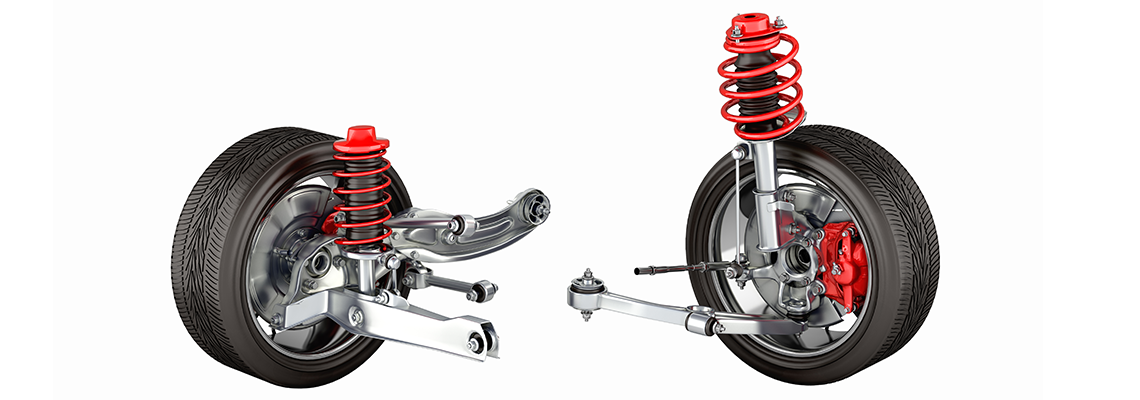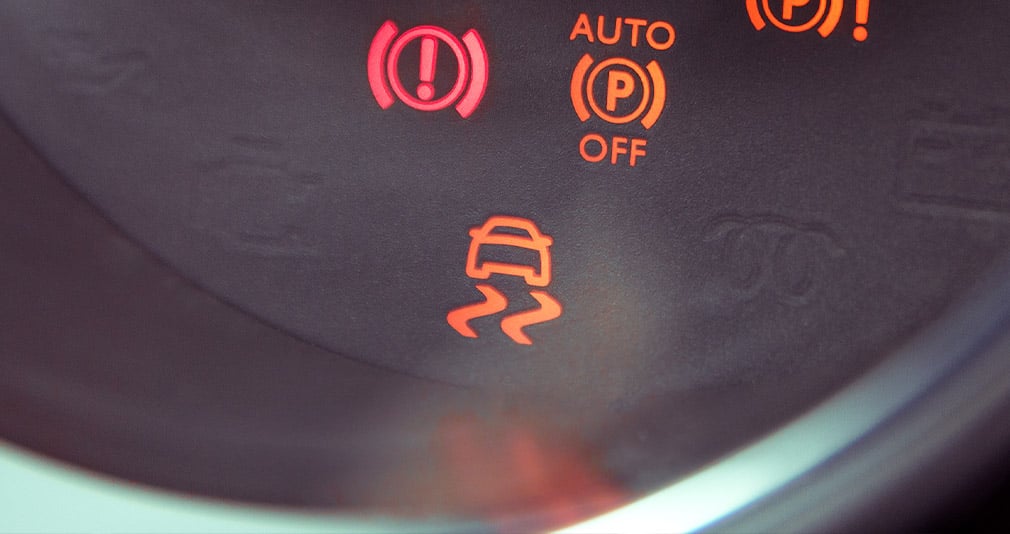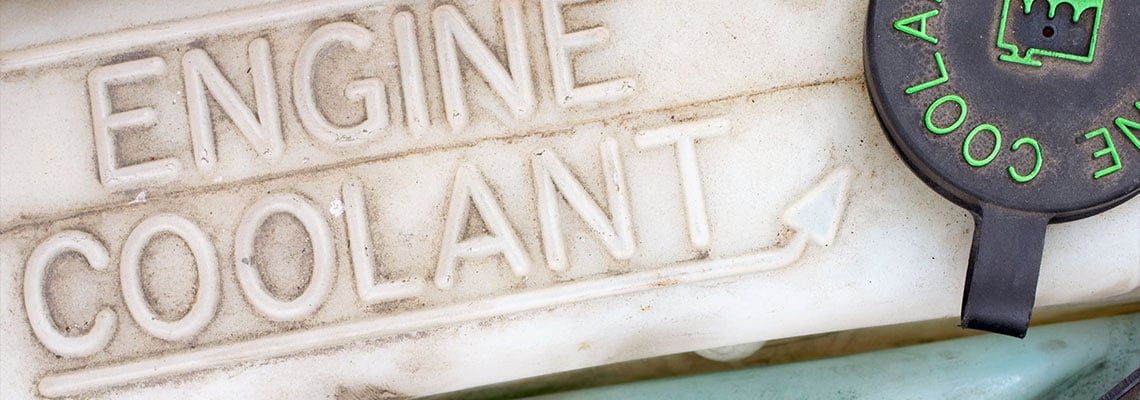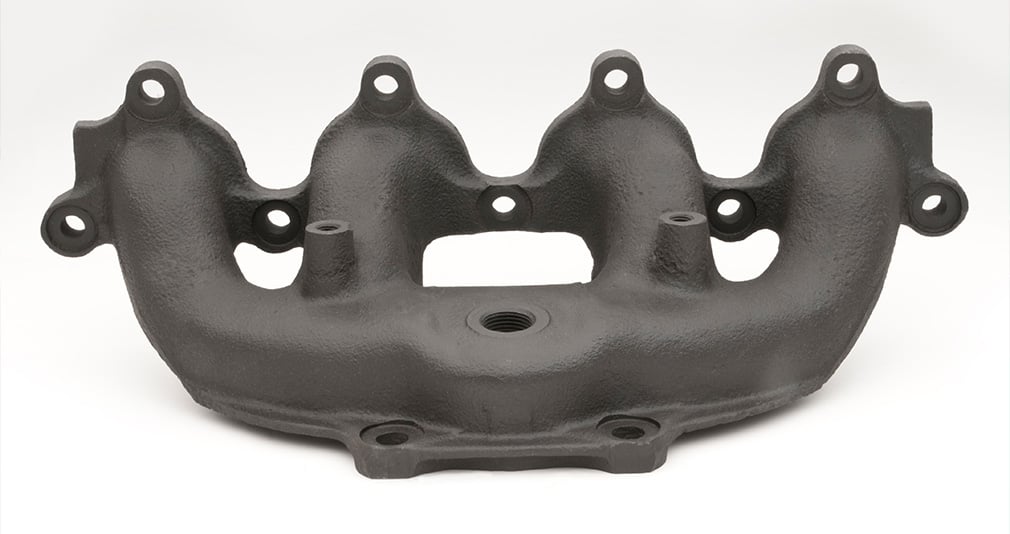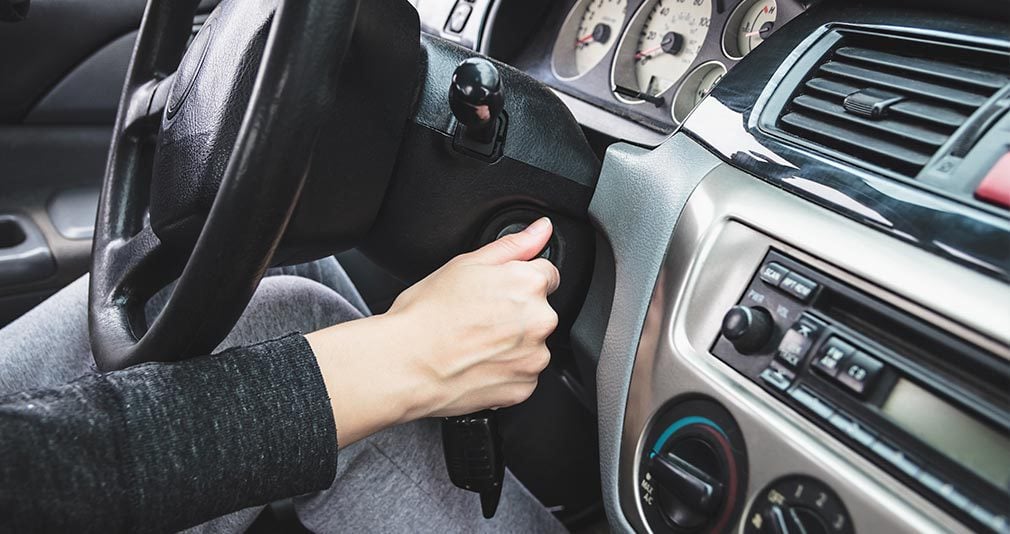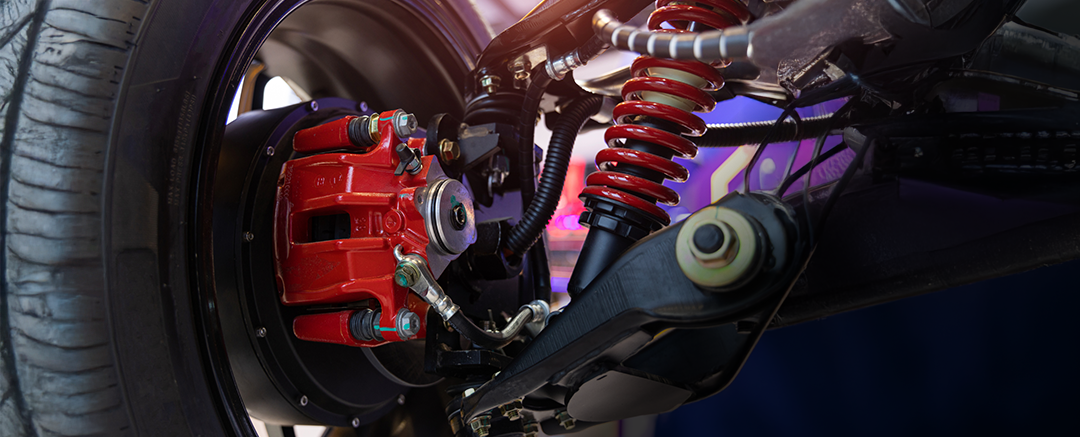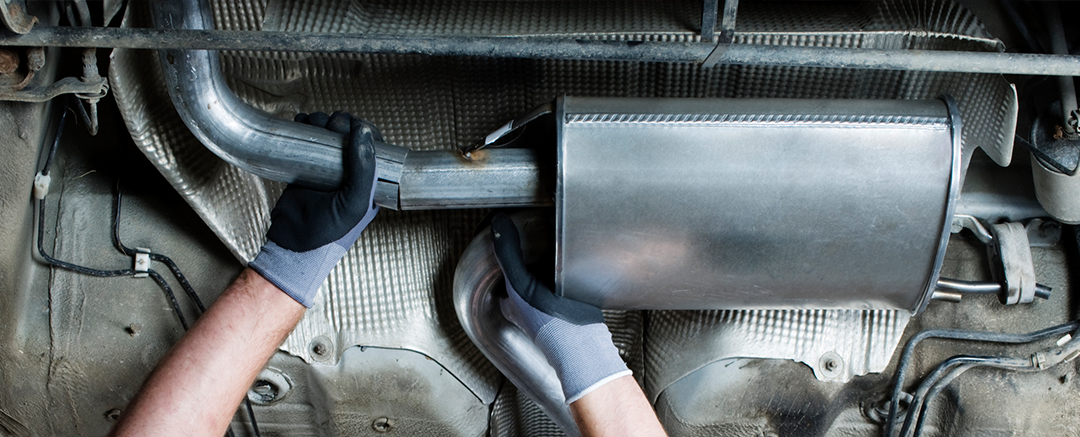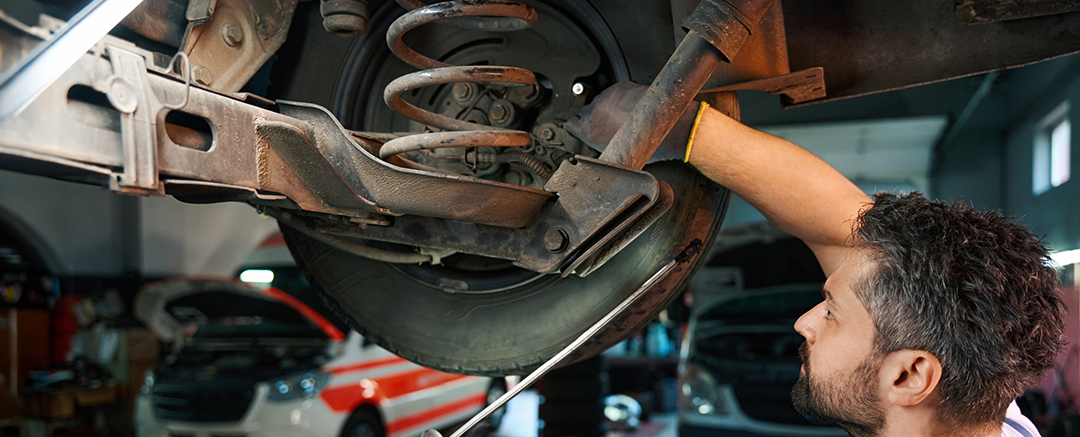Suspension comes in many forms. In chemistry, it’s a term for a mixture of particles that would otherwise separate (such as a smoothie). In education, it can take the form of punishment for rule violations. It can even be a musical term for a prolonged note of a chord into the following chord. When it comes to your car, however, your suspension plays a crucial role in absorbing shock and cushioning movement from road conditions.
The question is, how much do you know about your car’s suspension? Do you know what it is, what it does and — most importantly — how to know when it needs repair? Read on to become enlightened about all things related to the suspension of your vehicle.
What Is a Car Suspension?
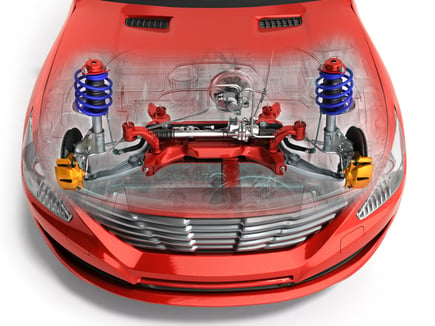 Your car’s suspension isn’t just one part — it’s a system of parts. It involves springs, shocks, shock absorbers, tires, tire air and other components that combine to give the driver as much control as possible. The suspension connects your wheels to the rest of the car and allows for smoother motion than there would be if the wheels were just connected directly to the body of the car.
Your car’s suspension isn’t just one part — it’s a system of parts. It involves springs, shocks, shock absorbers, tires, tire air and other components that combine to give the driver as much control as possible. The suspension connects your wheels to the rest of the car and allows for smoother motion than there would be if the wheels were just connected directly to the body of the car.
Suspensions have been around for a while — they were even on the original Ford Model T — so automobile manufacturers have known about their importance for some time. Since suspensions are all about handling, they can affect ride quality, which is why it’s important for car suspensions to have the right balance. If the suspension is worn down, damaged or improperly tuned, it can throw off the handling or ride quality.
What Does a Car Suspension Do?
The goal of a car’s suspension is to keep the tires against the road or surface. Why is this necessary? Because roads aren’t flat. If they were, there would be no need for suspension. But as we all know, there are always dips, inclines, potholes and unexpected changes on driving surfaces. There needs to be as much friction as possible between the two. Here are some other reasons why suspension is needed:
- So the car has good handling
- So the driver has good steering control
- So the passengers are comfortable
- So the vehicle itself doesn’t wear down as quickly
- So any luggage or cargo isn’t damaged
- So the tires wear evenly
Properly designed suspension will accomplish three things: provide excellent road isolation (absorbing or isolating shock from the road so it doesn’t affect passengers), maintain road holding (maintaining contact with the driving surface) and execute cornering (turning the car). Simply put, the role of suspension keeps the tires on the road and controls stability. Whether you’re on a short trek around Cleveland or long road trip, your car’s suspension will definitely be working a lot to get you from Point A to Point B.

How Do You Know When Your Car Suspension Needs Repair?
Like many of your car’s other components, a suspension is susceptible to damage or wear over time. The life of your suspension is often dependent on your car's shocks and shock absorbers, which tend to last four or five years or so. But it depends on the type of car you drive, your driving style and the quality of the suspension system.
If you experience any of the following symptoms, however, it’s a good idea to bring your car in to an auto repair shop to get the components of your suspension system checked out:
- Your steering wheel pulls to the right or left
- Your ride is extremely bouncy or uncomfortable
- You have trouble controlling the speed of your vehicle
- Your passengers rock or sway when you turn or when there’s a strong wind
- You have trouble controlling the direction of your vehicle
- Your tires shake or vibrate after you hit a bump
- Your tires are wearing unevenly from side to side or even from tread to tread
- There’s fluid leaking from your shocks or struts
- The nose of your vehicle starts to dive down when you have to brake suddenly
- There are strange noises when you’re steering
- There are increased noises (popping, clunking, banging, rattling, etc.) when you’re driving on rough or bumpy roads
- It’s more difficult to steer during a turn
- The steering wheel doesn’t return to where it was after a turn
- The steering wheel snaps back to where it was after a turn, but does so too quickly
- The traction control light illuminates or flickers while driving in normal weather conditions
If you notice any of the above situations, a auto technician should inspect your steering and suspension system and repair any issues. After all, your suspension and steering system is important. It controls how you turn the wheels of your vehicle, connects the vehicle to the tires and makes sure they maintain proper contact with the road.
If you think you have a car suspension issue — or want to get it checked out anyway, or even want to have your suspension tuned — Rainbow Muffler & Brake has you covered. Visit any one of our six auto repair shops in Cleveland, Ohio today.

